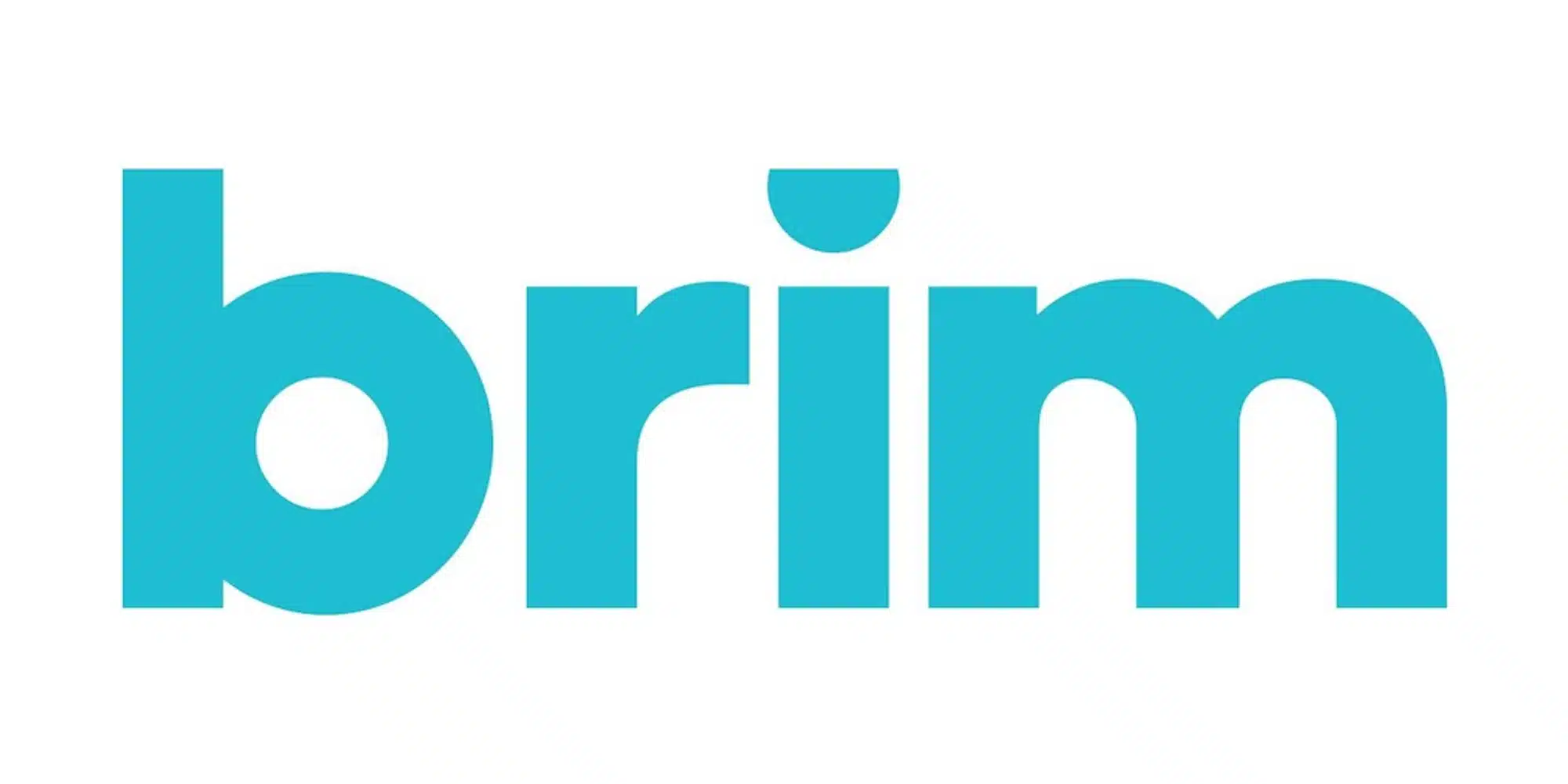
Book Reviews
Money at 30: “The Velvet Rope Economy” Book Review
Is air travel getting worse or has it only gotten better? That depends on who you ask — and often how much money they have. For those forced to fly coach, it’s not uncommon to hear about increasingly cramped seats or having to resort to airlines that won’t even serve you a glass of water without a fee. Meanwhile there’s now a popular crop of travel sites showing off lie-flat seats, private pods, and even showers that are available to fliers with some money (or points) to burn. This deviation in experience is what The New York Times writer and author Nelson D. Schwartz has dubbed “The Velvet Rope Economy,” in which those with money or status are provided increasingly special privileges, occasionally at the expense of others. As luck would have it, that moniker is also the title of Schwartz’s new book detailing the topic.
Speaking of special privileges, I should mention that I was provided a copy of this book by its publisher, Doubleday. However, no funds exchanged hands and the opinions expressed in this review are completely my own.
With the full title of The Velvet Rope Economy reading “How Inequality Became Big Business,” you might be expecting a 300-page Bernie Sanders stump speech. However you may (perhaps) be relieved to learn that that’s not really the case. While you may pick up on overtones that might feel at home in the presidential candidate’s campaign platform, the book goes well beyond looking at how inequality has grown but why it has. This latter question is actually far more complicated than you may expect, with Schwartz exploring everything from psychology studies to some shocking business stats. For example, one of the most interesting statistics I found was that just 5% of Delta fliers supply more than one-quarter of the company’s earnings — no wonder the perks for elite customers have grown more and more elaborate.
The Velvet Rope Economy is divided into two main sections: “Inside the Velvet Rope” that profiles a number of high-end products and services that various companies have rolled out and “Outside the Velvet Rope” that details some of the impacts that those who can’t afford such luxuries have endured. Simarily, these two sections also cover cause and effect, with the former focusing on reasons why these models have grown (Envy, Exclusivity, Ease, etc.) and the latter looking at results (Exclusion, Division, and Isolation). I found this structure worked well, although readers should be prepared for a heavier second act when compared to the Lifestyles of the Rich & Famous-esque early parts.
If there’s anything that I didn’t care for in the book it’s that it can feel a bit repetitive at times as it consistently refers to a handful of examples, harping on them a tad too much. That said, while airplanes and cruise ships are two very obvious instances of the “velvet rope” Schwartz refers to, there are plenty of other implementations highlighted that you might not have thought of. This includes more entertainment options, such as theme parks and sporting venues but also extends to more serious sectors such as health care. Thus, just when you think the book is going to run out of steam, a change in topic serves to throw on another shovel of coal.
Despite some pointed jabs and criticism at the haves and have-not dichotomy that many businesses have created, The Velvet Rope Economy doesn’t fully villainize the practices presented across the board. Instead, the book seems to serve more as a call for awareness regarding this trend and push back if they don’t like it, “voting with their feet.” In that way, the book might be more pro-capitalism than you might expect. Schwartz even makes clear he isn’t calling for revolution — noting that some of the practices are far less egregious than others. And, to his credit, I felt as though Schwartz was fair when profiling his numerous examples, highlighting facts that might not always play into his premise. For example, in his praise of Southwest Airlines’ egalitarian roots, he doesn’t shy away from mentioning the paid early-boarding options that the company has rolled out (and continually increased prices on) over time.
Final Thoughts on “The Velvet Rope Economy”
Even as someone who disagrees with some of Schwartz’s assertions or conclusions, I was more than intrigued by the book’s findings and discussions. Rather than rant about pet peeves and annoyances, the author clearly poured a lot of time and research into the book, leading to a work that is not only well-written and entertaining but often persuasive as well. Additionally it’s hard not to find at least some aspects of the book relatable as few among us enjoy elite-level treatment at every turn. On that note, if there’s one thing I definitely agree with the author about, it’s that there is always the risk companies and other institutions could get carried away (even they haven’t already) by catering only to the wealthy, while providing their “regular” customers an increasingly poor product. With all that, regardless of which side of the velvet rope you find yourself on, I’d recommend giving The Velvet Rope Economy a read.









